Navigation
Neoprene is a type of synthetic rubber, often also used in neck and ankle seals in drysuits. Neoprene can be specially prepared to contain millions of tiny enclosed air bubbles, forming a buoyant and thermally-insulating material. This is called "foamed neoprene" or "foam-neoprene" (not all neoprene contains foam).
As foam-neoprene tends to shrink over the years as it out-gases and slowly becomes more rigid. An alternative is crushed or rolled neoprene, which is used in the construction of all Northern Diver neoprene dry suits and is less susceptible to volume changes when under pressure, and shrinks less.
Crushed neoprene dry suits provide some insulation by themselves (unlike membrane dry suits), but even with foam dry suits, thermal under-suits are usually worn. With a crushed neoprene suit, less insulation is needed underneath.
The undersuits usually vary from a fine base layer similar to the Northern Diver Thermalskin, up to a thicker layer like the Northern Diver Arctic Base or Metalux Arctic. Some people also use a standard wet suit (worn dry), or polyester fabrics used in mountaineering and other cold weather uses (these may also be in pieces, including vests or sleeveless vests). Such fabrics also ultimately insulate in the same way as foam, using air in which convection is retarded by the small sizes of the air spaces. However, per volume and weight of fabric, the best-insulating dry polyester fabrics are more effective than foam, because their air pockets are smaller.
Portsea Cray Reef
![]() Reef Dive |
Reef Dive | ![]() Boat access
Boat access
![]()
![]()
![]()
![]()
![]()
Depth: 5 m (16 ft) to 12 m (39 ft)
Divers have the opportunity to catch Southern Rock Lobster (aka Crayfish) at this dive site. Remember your catch bag, current Victorian Recreational Fishing Licence, rock lobster measure, and cray tags. Once you get back to the dive boat, or shore, make sure you clip the tail and tag your Crayfish as per Fisheries requirements. Please abide by all current fishing regulations if you intend to catch crays. See article-catching-crayfish for practical cray hunting advice from The Scuba Doctor, plus melbourne-cray-dives for a list of other crayfish dive sites near Melbourne. For tips on cooking your Crays, please see article-cooking-crayfish.
Traditional Owners — This dive site is in the traditional Country of the Boon Wurrung / Bunurong people of the Kulin Nation. This truly ancient Country includes parts of Port Phillip, from the Werribee River in the north-west, down to Wilson's Promontory in the south-east, including the Mornington Peninsula, French Island and Phillip Island, plus Western Port. We wish to acknowledge the Boon Wurrung as Traditional Owners. We pay respect to their Ancestors and their Elders, past, present and emerging. We acknowledge Bunjil the Creator Spirit of this beautiful land, who travels as an eagle, and Waarn, who protects the waterways and travels as a crow, and thank them for continuing to watch over this Country today and beyond.
Portsea Cray Reef Location Map
Latitude: 38° 19.039′ S (38.317317° S / 38° 19′ 2.34″ S)
Longitude: 144° 42.890′ E (144.714833° E / 144° 42′ 53.4″ E)
Datum: WGS84 |
Google Map
Added: 2012-07-22 09:00:00 GMT, Last updated: 2021-05-15 08:13:18 GMT
Source: GPS
Nearest Neighbour: Portsea Pier, 178 m, bearing 225°, SW
Depth: 5 to 12 m.
Dive only on: SWF, SWE.
[ Top ]
DISCLAIMER: No claim is made by The Scuba Doctor as to the accuracy of the dive site coordinates listed here. Should anyone decide to use these GPS marks to locate and dive on a site, they do so entirely at their own risk. Always verify against other sources.
The marks come from numerous sources including commercial operators, independent dive clubs, reference works, and active divers. Some are known to be accurate, while others may not be. Some GPS marks may even have come from maps using the AGD66 datum, and thus may need be converted to the WGS84 datum. To distinguish between the possible accuracy of the dive site marks, we've tried to give each mark a source of GPS, Google Earth, or unknown.
Copyright © 2005-2022 by The Scuba Doctor Australia, ABN 88 116 755 170. All rights reserved.
tel. +61 3 5985 1700 :: email. diveshop@scubadoctor.com.au :: Web site by it'sTechnical 2022

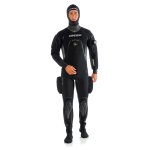
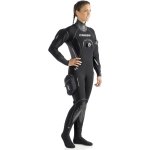
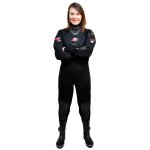
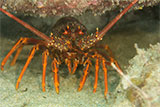
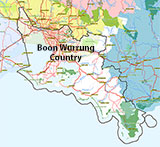








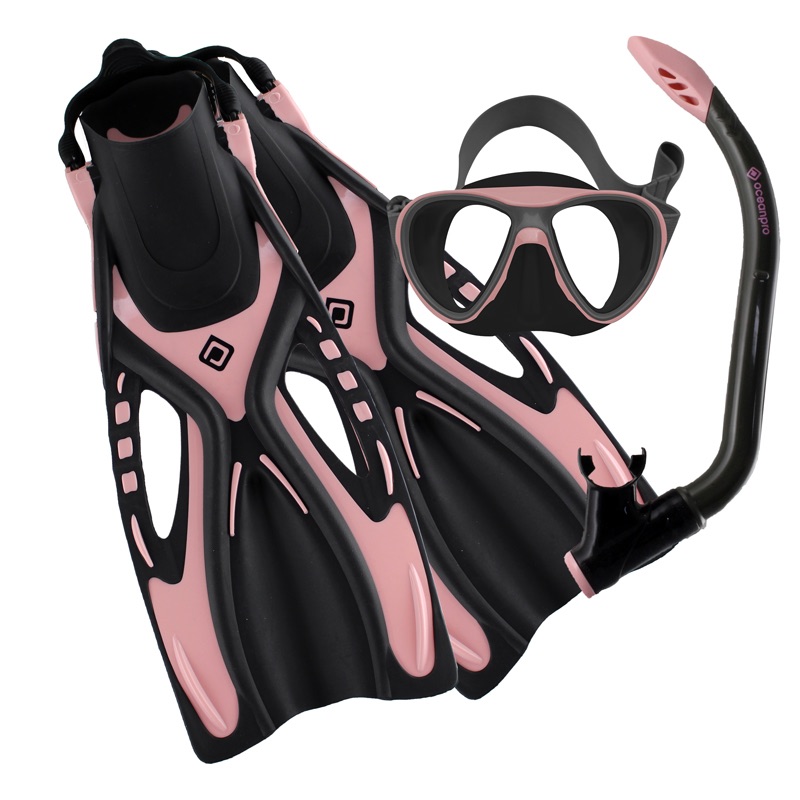
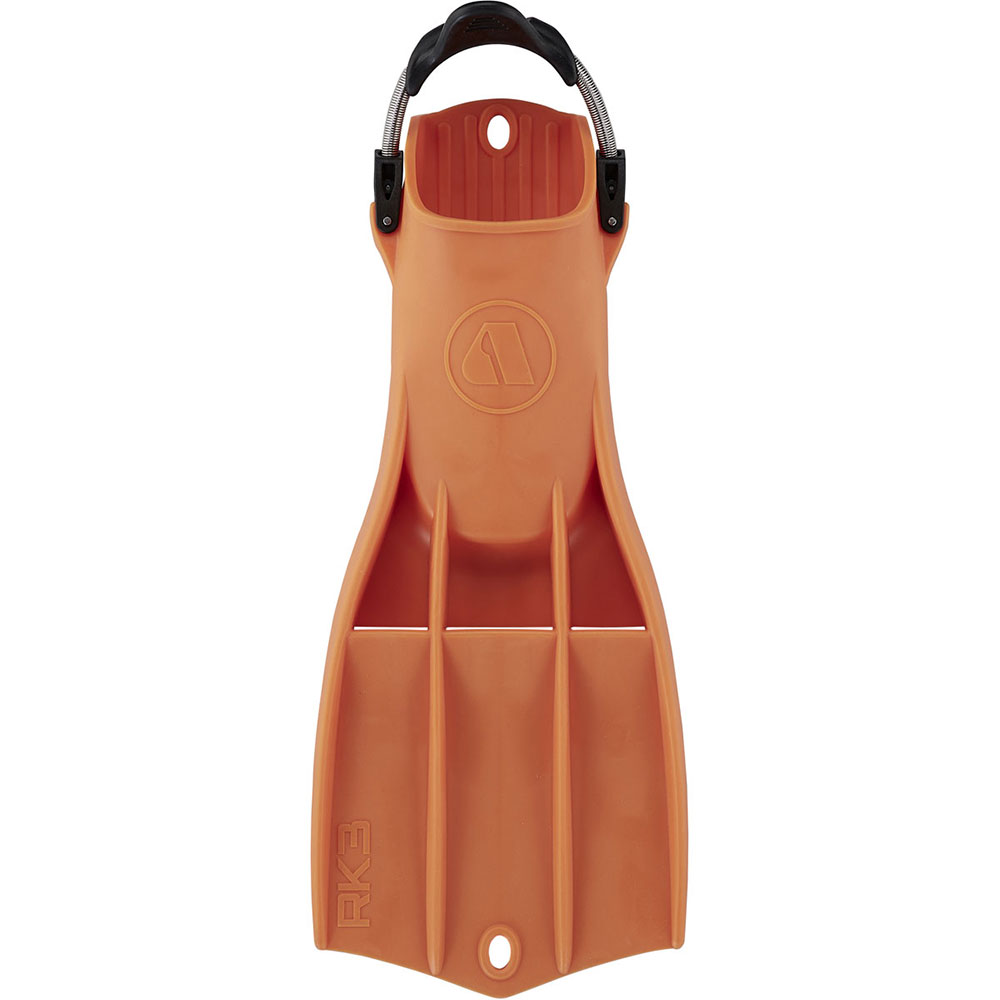
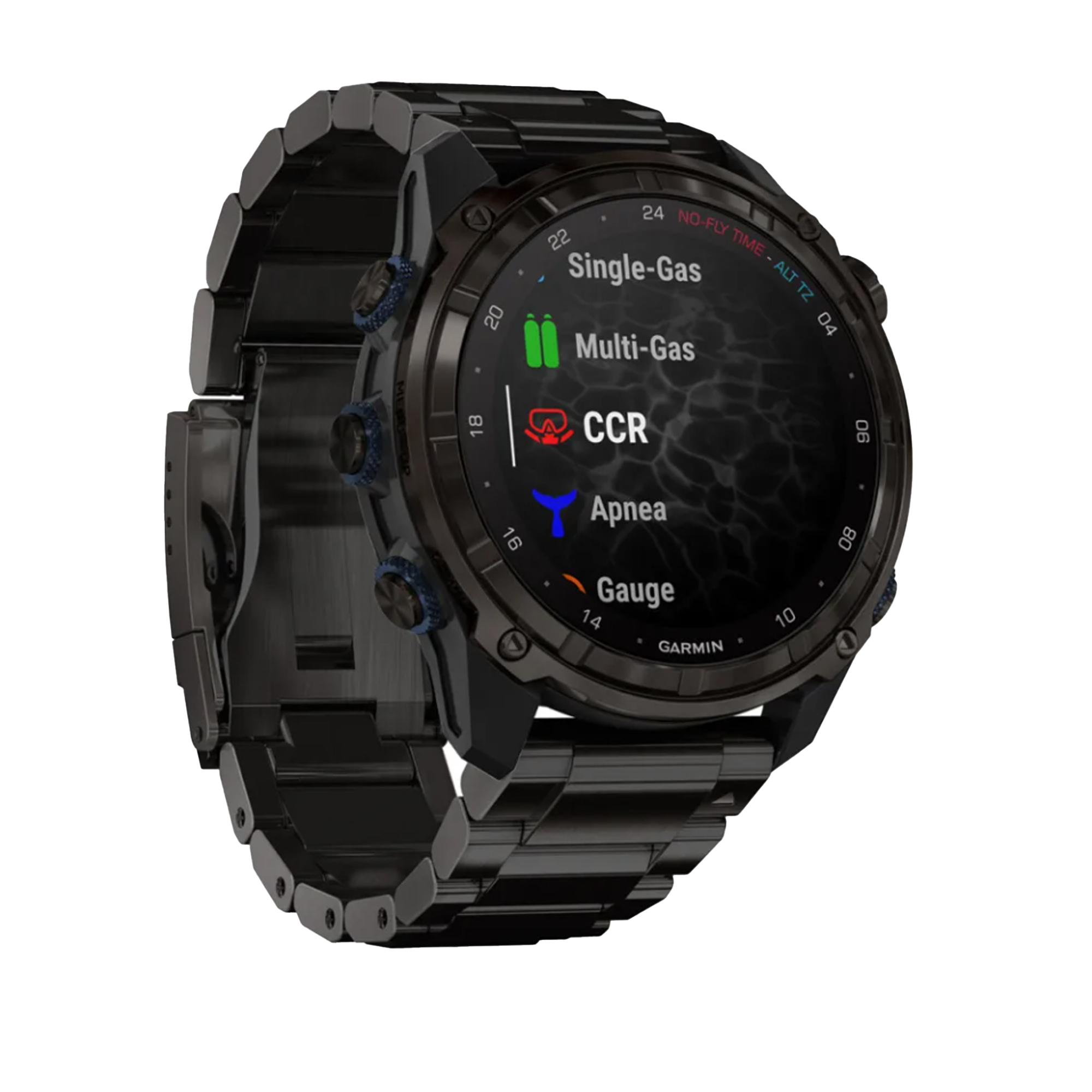



![Halcyon Infinity 30lb System [SS Small Backplate] Halcyon Infinity 30lb System [SS Small Backplate]](/diveshop/images/halcyon/Halcyon-Evolve-Wing.jpg)


















































































































